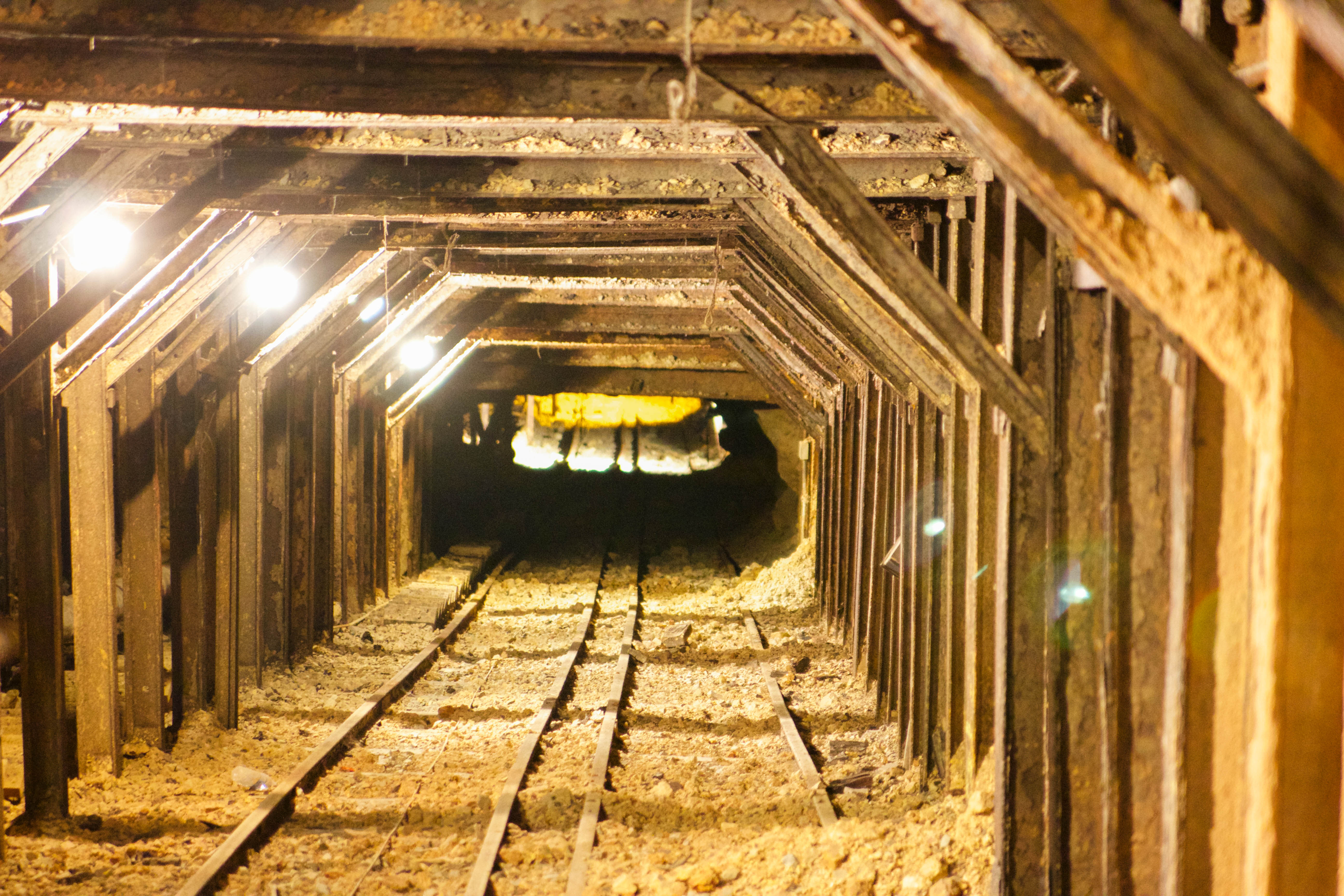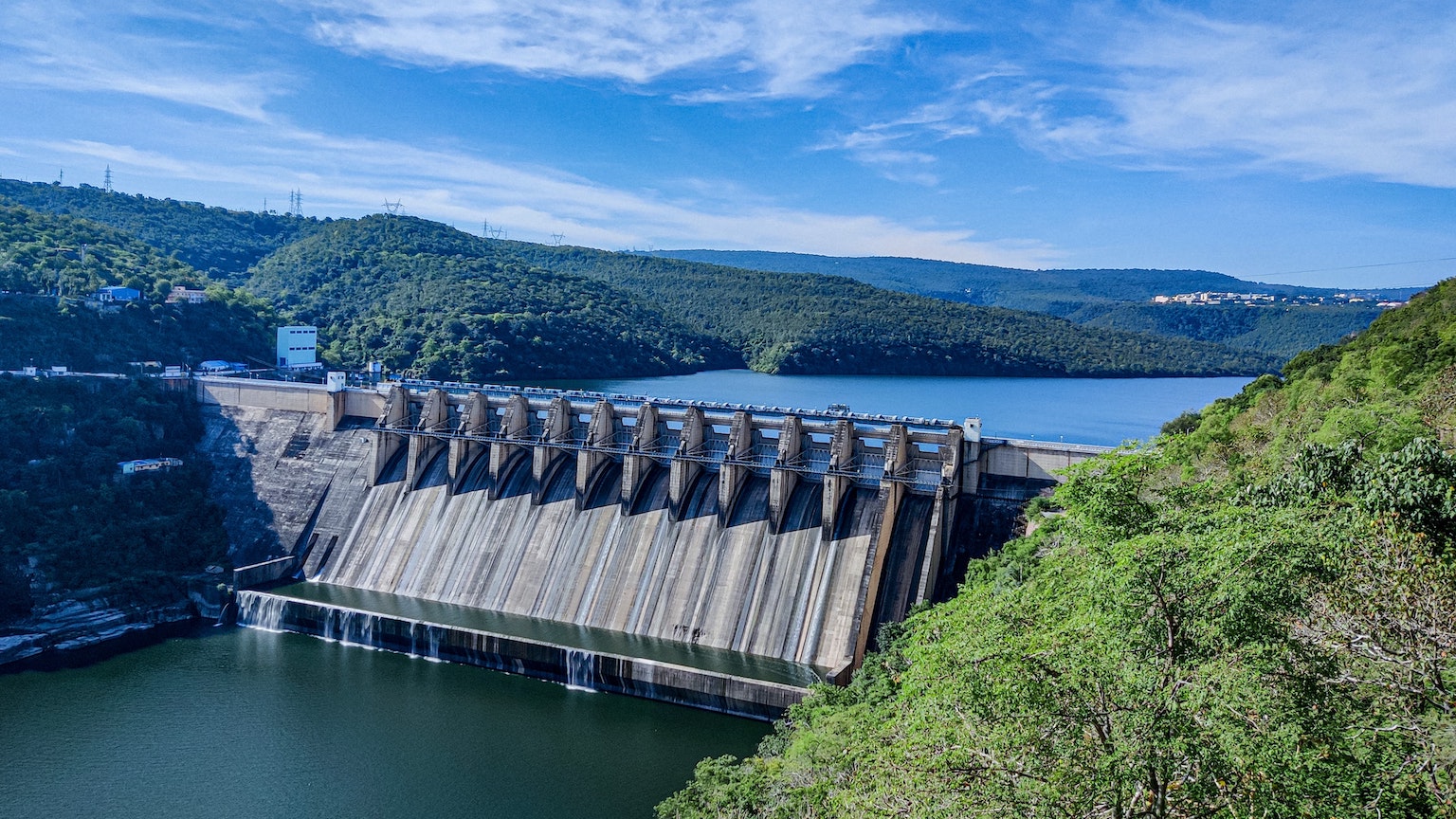The dirty side of renewable energy

- Clean technologies rely on a wide range of metals sourced from unsustainable mining.
- Mineral extraction damages local communities and environments, destroying cultures and biodiversity in the process.
- Human rights and conservationist efforts are put at risk due to mining.
The many consequences of climate change are innumerable. Most of the civilized world understands that we need to put forth new, alternative solutions of generating energy to curb our greenhouse emissions.
The Paris Agreement, for instance, set an ambitious global goal to limit global warming to 2.7 degrees Fahrenheit (1.5 degree Celsius) by transitioning away from fossil fuels into renewables. However, a new extensive research report by the environmental non-profit Earthworks has found that this shift into a fossil fuel-free economy comes with its own set of egregious societal and conservationist problems.
The blind rush to get “100 percent” renewable energy usage will get us nowhere. It’s the same industrialist mindset that got us into this pickle. We need to approach this next energy wave with caution and care.
Renewable energy transition
Clean technologies require a wide variety of rare earth metals and other minerals, mostly including cobalt, nickel, lithium, aluminum, and silver. Batteries for electric cars makeup the biggest driver of mineral acquisition.
Study co-author, Elsa Dominish, remarks that, “A rapid increase in demand for metals for renewable energy. . . could lead to mining of marginal or unconventional resources, which are often in more remote or biodiverse places.”
Many of these areas rich in minerals are remote wilderness, which have yet to be touched by any commercial endeavor.
“The transition toward a renewable energy and transport system requires a complex mix of metals — such as copper, cobalt, nickel, rare earths, lithium, and silver — many of which have only previously been mined in small amounts,” states Earthworks’ report, in reference to the supply chains of the 14 most important minerals used in renewable energy production.
Payal Sampat, director of Earthworks’ Mining Program, sees this as a crucial time to focus on the core aspects of what an environmental movement should be focusing on.
“We have an opportunity, if we act now, to ensure that our emerging clean energy economy is truly clean–as well as just and equitable–and not dependent on dirty mining. As we scale up clean energy technologies in pursuit of our necessarily ambitious climate goals, we must protect community health, water, human rights, and the environment.”
Under the supposition that all of human society would use 100 percent renewable energy by 2050, researchers charted out what other aspects of the environment would be affected as we attempted to reach this goal.
The study explores the impacts that mining has on human society and culture, as well as the potential for even greater losses of biodiversity.
With a world running completely on renewables, the metal requirements would be astronomical. The only way you’re going to feed this need is by opening up more mines worldwide. Combined with our unsustainable mining practices, we’ll be doing more harm than good.
Large scale commercial strip mining of forests, slave labor, and ecological destruction would all be necessary to feed our current “green dream.”
Industrialism is the problem
Mineral extraction levies an incredible cost on the communities and ecological landscape of a place. Material mined for renewable energy fuels the violation of human rights, pollutes local water sources, and often destroys wildlife.
Cobalt, which is the most important component of rechargeable batteries, is mined in the Democratic Republic of Congo; often by children in dangerous working conditions. The authors of the report found that cobalt is the “metal of most concern for supply risks,” as 60 percent of its production occurs in Congo, a country with an abysmal record of human and environmental catastrophes.
In 2016, Amnesty International found that more than two dozen major electronics and automotive companies were failing to ensure that their supply chains of cobalt didn’t include child labor. Amnesty blamed both Congolese officials and Western tech companies for ignoring the problems endemic to their supply chain. Irresponsible and dangerous cobalt mining is a global problem. According to the report, China’s Congo Dongfang International Mining (CDM) owns exclusive rights to one quarter of the cobalt ore, of which the mines it flows from all employ child labor.
“The renewable energy transition will only be sustainable if it ensures human rights for the communities where the mining to supply renewable energy and battery technologies takes place,” said Dominish.
Sustainability and conservation
At present, write the authors, “Reducing the environmental and social impacts of supply is not a major focus of the renewable energy industry. In order for there to be a potential solution to all of this, there must be a convergence of different industries within the environmentalist movement. The recognition of renewable energy companies with conservationists, in particular, needs to be at the forefront.
“If manufacturers commit to responsible sourcing this will encourage more mines to engage in responsible practices and certification. There is also an urgent need to invest in recycling and reuse schemes to ensure the valuable metals used in these technologies are recovered, so only what is necessary is mined,” states the report.
Recycling sources will be one way to mitigate demand, but this won’t stop new mining developments from popping up in fragile wildlife areas. This is why responsible sourcing needs to be the next best step if these mines are going to be created, anyhow.





